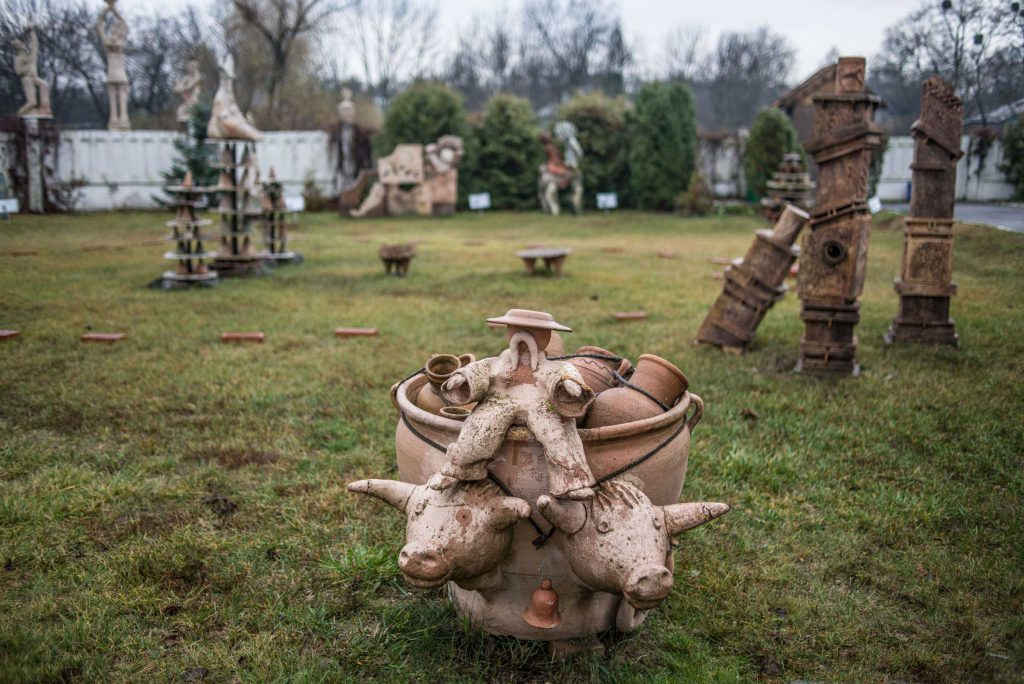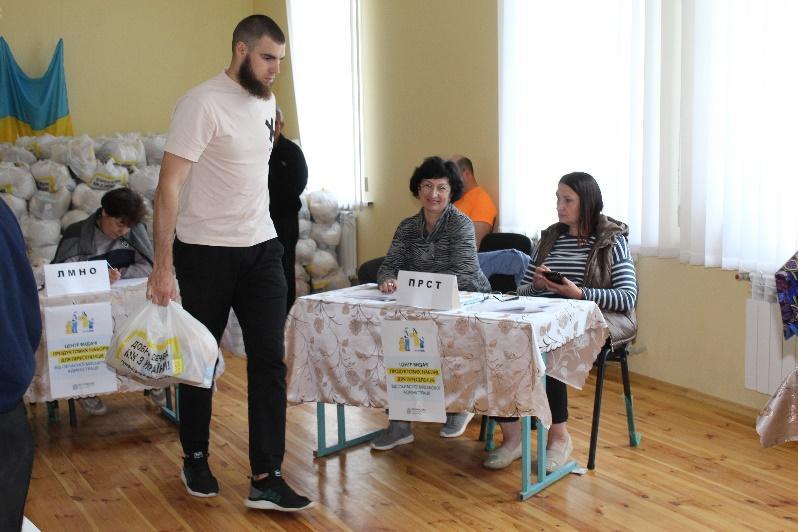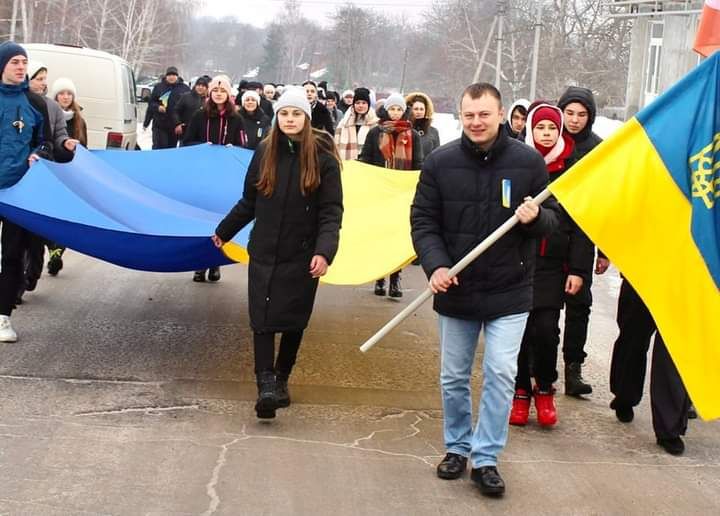This website uses cookies so that we can provide you with the best user experience possible. Cookie information is stored in your browser and performs functions such as recognising you when you return to our website and helping our team to understand which sections of the website you find most interesting and useful.
Opishnya Territorial Community

The Opishnya community currently includes 31 population centres. The area is 376 km².
The population of the community is 9,830 residents
Women: 5,504
Men: 4,326
Children under 18: 1,130.
People of retirement age: 3,058.
People with disabilities: 129.
Internally displaced persons: 1,741 persons.
History

An ancient Cossack town, Opishnya is located on seven picturesque hills above the Vorskla River and is also known as “Ukrainian Rome”.
Archaeological finds proev that there were several hill forts at this place even B.C. However, the first written mention of “Ukrainian Rome dates back only to the 12th century. Over the past three millennia, pottery has developed intensively on the territory of the settlement. In the late 19th and the early 20th centuries, about 1,000 potters worked in the town, whose products were exported to almost all continents of the world.

After the Union of Lublin of 1569, Ukrainian lands became part of the Polish-Lithuanian Commonwealth. At that time, Opishnya was a significant trade and craft centre, and from the first half of the 17th century it enjoyed Magdeburg rights. In 1654, Bohdan Khmelnytskyi received personal ownership of the town of Hadyach with surrounding villages and towns, including Opishnya.
The restructuring of economic life in 1985−1991 influenced the development of the Opishnya economy. A gradual transition to market relations took place, the rights of 40 enterprises, institutions, and organizations were expanded.

On the territory of the community, there were constant wars, famine, forcible dispossession, and the Red Terror, but this did not prevent the population from developing its ceramic activity, and the products of Opishnyans went around the world. They were admired in different corners of the planet at various exhibitions, competitions, and festivals. In November 1986, the Museum of Pottery was founded, which has the status of National. It is not for nothing that Opishnya is called the capital of Ukrainian ceramics.


Economy and Welfare

The industrial complex of the Opishnya United Territorial Community is represented by various industries: from mineral extraction to the production of consumer goods.

A real centre of Ukrainianism, the community also focuses on tourism. It is known for an incredible wildlife and hundred-year-old Ukrainian houses, where every tourist can feel like transported to the 19th century,

The watchtower is a beautiful observation deck. It was built on one of the highest points of the Poltava region (202.2 m above sea level) as a reconstruction of the 12 m tall Cossack fortress tower of the early 18th century. Nearby are unique sights – a hill fort of the Scythian period and a mediaeval hill fort.

Community and War

The war made significant adjustments in all spheres of life. Currently, the main efforts are aimed at supporting IDPs and ensuring the safety and stable life of the community.
Since the beginning of the full-scale invasion, the Opishnya community has received approximately 2,500 people. Currently, there are about 1,700 registered IDPs. All enterprises, institutions and people responded quickly to any urgent problems, so the joint work was well-coordinated and productive. The large influx of IDPs led to active work to provide housing and the most necessary things: food, clothing, medicine, support and psychological assistance to the needy.

Now, the community has 5 places of compact accommodation for IDPs, where about 250 people currently live. About 1,000 IDPs have been resettled in the private sector.
A humanitarian headquarters has been established in the community to provide assistance to IDPs and persons in difficult life circumstances.


People of the Community

Mykola Riznyk has been the Settlement Head of the Opishnya Territorial Community since 2019. He is the leader who managed to unite a team of like-minded people and this contributed to the creation of the Opishnya community.

He constantly changes and transforms the community so as to ensure the community’s development, fill the budget and create new jobs. In its activities, he is guided by European management principles. The Opishnya territorial community ranks 6th among small and medium-sized communities of the Poltava region.
During his office as Head of the Opishnya territorial community, he implemented a number of important projects that are an example of effective community management both for the Poltava region and the whole of Ukraine. In 2020, an Administrative Services Centre became operational thanks to the “U-LEAD with Europe” programme. Today, residents of the community can receive 139 administrative services. Currently, the work to increase their number is underway.

Complete modernization of the building and replenishment of medical equipment was also implemented in the Opishnya Community Medical Centre. Training of medical personnel and involvement of narrowly specialized specialists is also underway.

Opishnya SlyvaFEST, a cultural and gastronomic festival, was launched in the community with the aim to give a boost to the development of small and medium-sized businesses, attract the attention of potential investors and encourage community residents to engage in economic activity and start their own businesses.

The annual celebration of Potter’s Day in the community has grown into a large-scale national pottery festival. The festival contributes to the revival of pottery traditions, and also serves as a unique form of association of artists, scientists and producers engaged in the creation of pottery culture of Ukraine.



Development Strategy

The development of tourism and the agrarian sector of the community is seen as priority areas of the community’s growth.
To date, a Tourist Information Centre has been created, tourist routes have been marked, and bicycles, kayaks, etc. have been purchased.
In the conditions of martial law, the Tourist Information Centre has become a hub of psychological and emotional relief for local residents and internally displaced persons.

A greenhouse for growing vegetables, greens and flowers was built in the Opishnya community.
Greenhouse products from Opishnya-Agro, a communal enterprise, can already be seen at the market and on store shelves. There are plans to build a complex of greenhouses with a hangar.

